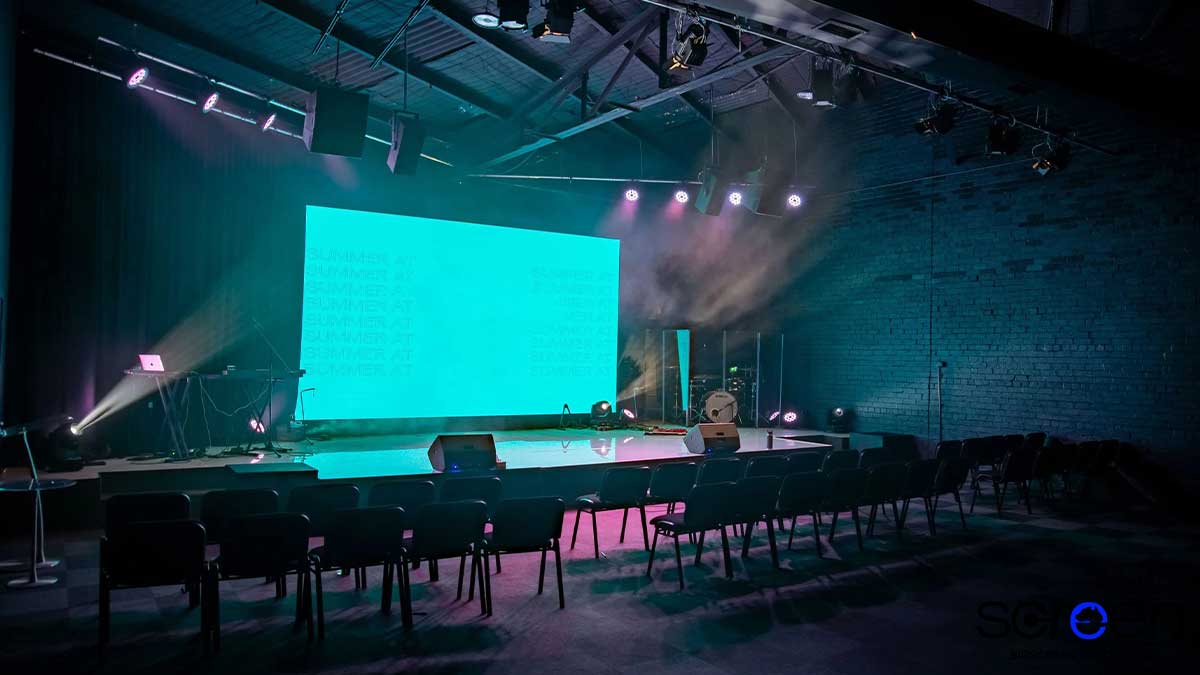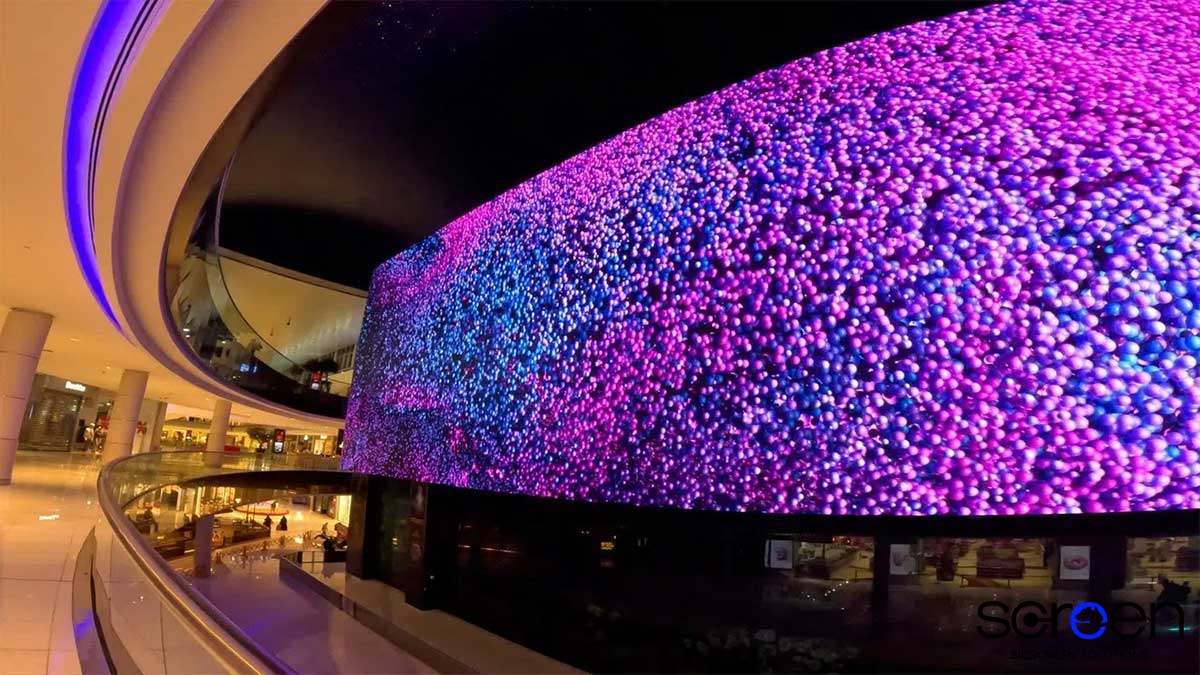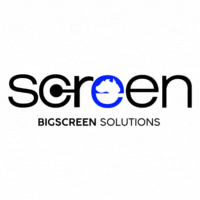In today’s fast-evolving world of digital signage and multimedia communication, LED displays have become an essential component for both indoor and outdoor applications. From retail and hospitality to entertainment and corporate events, LED displays offer dynamic visuals, vibrant colors, and unmatched brightness. However, buying a LED display involves more than just picking the brightest screen or the lowest price tag. There are multiple factors to consider before making a purchase decision, especially if long-term investment and operational efficiency matter to you.
This comprehensive guide will explore the key considerations when buying a LED display, share practical LED display tips, and even touch upon some overlooked factors that could impact your experience and return on investment.
1. Purpose and Application
The first question to answer when buying a LED display is: what will it be used for? A screen used for a trade show will have different requirements than one used in a shopping mall or a concert.
- Indoor vs. Outdoor: Outdoor displays require higher brightness levels, weatherproofing, and rugged construction. Indoor displays, on the other hand, can focus more on resolution and color accuracy.
- Fixed Installation vs. Rental: Will your display stay in one place, or do you need it to be mobile for events?
For instance, if you’re managing events and only need temporary setups, it might be more cost-effective to hire led screen services instead of investing in permanent installations.
2. Pixel Pitch and Resolution
Pixel pitch refers to the distance between the centers of two adjacent pixels. The smaller the pitch, the higher the pixel density, resulting in sharper images.
- High-resolution content and close-viewing environments need smaller pixel pitch (e.g., P1.9 or P2.5).
- For large-scale outdoor screens where viewers are far away, a larger pixel pitch (P4 or P6) is more economical.
When buying a LED display, understanding your audience’s viewing distance is crucial for choosing the right resolution. This is one of the most essential LED display tips that can prevent costly mistakes.
3. Brightness and Contrast

Outdoor screens need a brightness level above 5000 nits to be visible in sunlight, whereas indoor screens usually suffice with 800–1500 nits.
Contrast ratio also plays a critical role, especially in ambient lighting. The ability to display deep blacks and vivid whites ensures that your content stands out.
This is especially important when considering an LED Sign that must capture attention in busy urban settings, where other visual noise competes for viewer engagement.
4. Refresh Rate and Color Uniformity
A high refresh rate (preferably 3840Hz or more) ensures smooth visuals, especially important for live events and video content. Low refresh rates can lead to flickering that might not be visible to the naked eye but becomes problematic during filming or photography.
Uniformity in color and brightness across the screen is also critical for professional-grade displays. Consistency avoids awkward color patches and ensures the message is delivered clearly and beautifully.
5. Energy Efficiency
Energy efficiency can have long-term financial implications, especially for businesses planning to run displays 24/7. Technologies have advanced significantly in reducing power consumption without compromising performance.
According to recent studies like A Power Consumption Comparison of LED Display Technologies, newer models consume far less power than their predecessors. When buying a LED display, reviewing these comparisons can help you choose a cost-efficient model that aligns with your sustainability goals.
6. Control System and Compatibility
The backend matters just as much as the frontend. Look into what kind of controller the LED display uses and whether it supports the content formats you plan to display. Cloud-based control systems are increasingly popular, offering remote access, real-time updates, and multi-device support.
This functionality is particularly relevant when scaling operations or integrating the display into a larger digital signage network.
7. Maintenance and After-Sales Support
Another critical consideration is the ease of maintenance. Front and rear access for modules, power supplies, and data cards can significantly influence installation and repair time.
Make sure the supplier provides:
- Spare parts
- Comprehensive warranty
- Prompt technical support
This aspect is often overlooked when buying a LED display, yet it can significantly affect total cost of ownership.
8. Budget and ROI
While it may be tempting to go for the cheapest option available, a high-quality LED display should be viewed as a long-term investment. Evaluate the cost against potential return on investment (ROI) from increased customer engagement, brand visibility, or revenue generation.
Another point to consider is whether your business might benefit more from renting than purchasing. Articles like The Benefits of Hiring an LED Screen outline how renting can save money while still delivering high impact visuals for short-term needs.
9. Certifications and Safety Standards
Check if the display complies with international safety and quality standards, such as CE, FCC, or RoHS. These certifications ensure that the product has passed safety tests and doesn’t pose a hazard, especially when installed in public areas.
This is a vital yet often forgotten item on your checklist when buying a LED display.
10. Portability and Customization
Modular displays allow for more flexible configurations. They can be shaped and sized to match specific event needs or spatial limitations.
This flexibility is especially useful in the events industry, where screen dimensions often need to adapt. For guidance on such scenarios, see articles like How to Choose the Right LED Screen for Your Event? which explain how event goals, venue size, and audience engagement strategies influence your display choices.
11. Brand Reputation and Reviews
Not all manufacturers offer the same level of quality or support. Research user reviews, request demos, and, if possible, visit installations in real-world conditions.
Reputable brands usually have years of experience, R&D investment, and better reliability records. Don’t overlook this when buying a LED display, even if the upfront cost is higher.
12. Integration with Other Systems
Modern LED displays are rarely stand-alone devices. They often integrate with audio systems, content management software, or interactive technologies.
Whether it’s a touchscreen interface in a museum or a synced display wall at a conference, integration capabilities determine how functional your investment will be in the long term. This is one of those LED display tips that adds future-proofing to your buying strategy.
13. Environmental Conditions

Humidity, dust, salt air (in coastal areas), and temperature fluctuations can all impact the performance and longevity of your display.
Ensure the unit has an appropriate IP rating and protective coating if installed in a challenging environment. When buying a LED display, factor in the operating climate to avoid rapid deterioration or frequent maintenance.
14. Installation Complexity
Large LED displays often require professional installation. Ask the supplier whether installation services are included and whether your space needs structural modifications or reinforcements.
This is especially true for large-scale outdoor projects where wind load and stability are important.
Conclusion
There are many variables to consider when buying a LED display. From technical specs like pixel pitch and brightness to broader concerns like maintenance, brand reputation, and integration, each factor plays a role in the overall success of your investment.
Use these LED display tips as your checklist and be sure to analyze your specific needs before diving into the purchase. Whether you’re setting up a display for an event, retail promotion, or long-term installation, thoughtful planning and the right supplier can make all the difference.
And don’t forget — while ownership has its advantages, there are situations where it may be smarter to hire led screen solutions, especially for one-off or seasonal needs.
Ultimately, your choice should align with your business goals, technical requirements, and budget. Make it an informed one.



